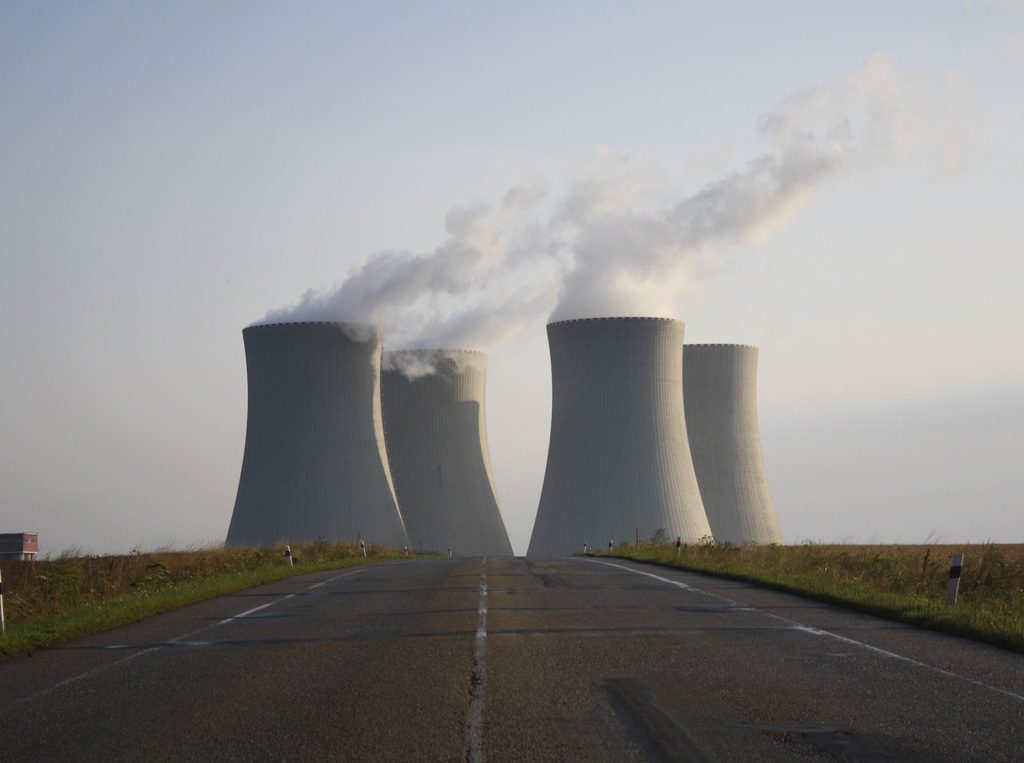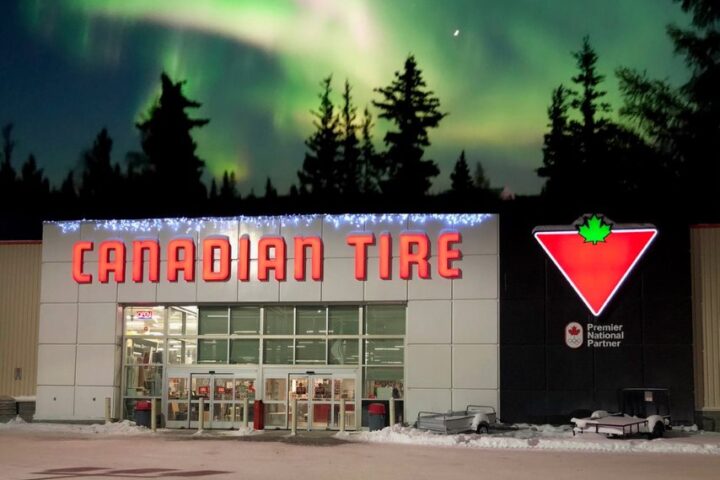Google has chosen Oak Ridge, Tennessee as the site for its first advanced nuclear reactor project, marking a significant step in how tech giants are addressing their growing energy needs. The 50-megawatt Hermes 2 plant, developed by Kairos Power, will supply electricity to Google’s data centers in Tennessee and Alabama starting in 2030.
The project represents the first time a U.S. utility has signed a power purchase agreement for a Generation IV nuclear reactor. Tennessee Valley Authority (TVA) will buy the power from the Kairos plant and provide clean energy attributes to Google, creating what the companies call a “three-party solution” to advance new energy technologies.
“Nuclear is the bedrock of the future of energy security,” said Don Moul, CEO at TVA. “Google stepping in and helping shoulder the burden of the cost and risk for first-of-a-kind nuclear projects not only helps Google get to those solutions, but it keeps us from having to burden our customers with development of that technology.”
The Oak Ridge plant is just the beginning of Google’s nuclear ambitions. Last year, the tech giant struck a deal with Kairos Power to deploy multiple small modular reactors (SMRs) totaling 500 megawatts by 2035. This initial 50-megawatt deployment is enough to power roughly 36,000 homes.
What sets Kairos’ technology apart from current U.S. reactors is its cooling system. The reactor uses liquid salt as coolant rather than light water, allowing it to operate at near atmospheric pressure. This design choice means Kairos can use thinner, less expensive materials since the reactor isn’t under high pressure, which also provides safety advantages.
The project addresses two major challenges in nuclear development. First, the high costs and delays that have plagued recent nuclear projects. The last two reactors built in the U.S. at Plant Vogtle in Georgia cost $18 billion more than expected and started operations seven years behind schedule. Second, it creates a financial model where Google and Kairos, not utility customers, bear the financial risks of building a first-of-its-kind project.
Similar Posts
For Google, the nuclear investment helps meet the massive electricity demands of its expanding artificial intelligence operations while still working toward its clean energy goals. The company reported it has reduced its data center energy emissions by 12% in its most recent sustainability report, after previously seeing emissions surge by 13%.
“This collaboration with TVA, Kairos Power, and the Oak Ridge community will accelerate the deployment of innovative nuclear technologies and help support the needs of our growing digital economy while also bringing firm carbon-free energy to the electricity system,” said Google’s Amanda Peterson Corio.
Oak Ridge has deep roots in nuclear science dating back to the Manhattan Project during World War II. This project “sets the stage for east Tennessee to really be what we see as a regional hub for innovation for nuclear construction and operation,” according to Kairos CEO Mike Laufer. The companies say the plant will create high-paying jobs and educational opportunities through partnerships with the University of Tennessee and other local colleges.
U.S. Energy Secretary Chris Wright emphasized the broader significance: “The deployment of advanced nuclear reactors is essential to U.S. AI dominance and energy leadership.”
Kairos received a construction permit for the reactor from the Nuclear Regulatory Commission in November 2024 but will need to secure an operating license before the plant can start operations in 2030. Neither company has disclosed the estimated cost of building the plant or the price TVA will pay for the electricity.
The development comes as data centers are projected to consume up to 9% of U.S. electricity by 2030, driven largely by the power demands of artificial intelligence systems.



















